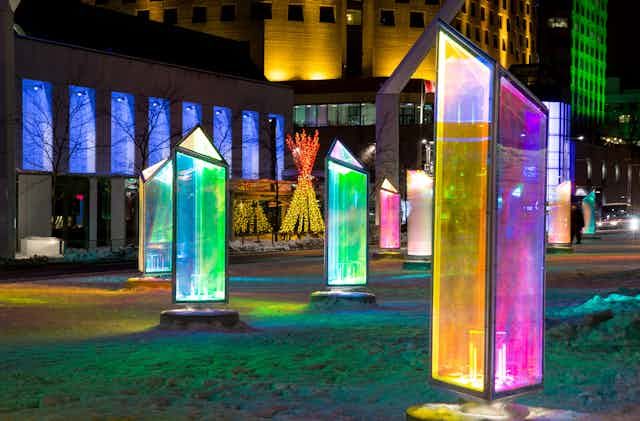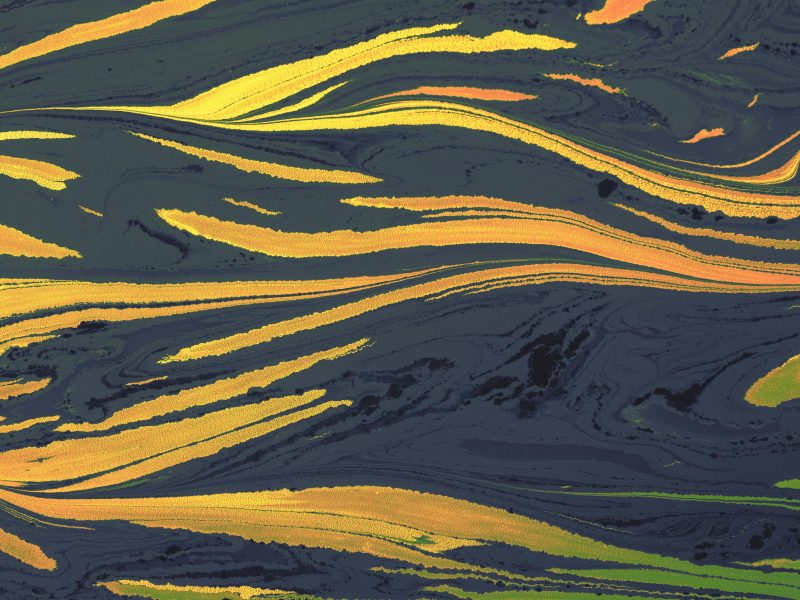Site-specific installation art has been gaining popularity worldwide over the past few years. This unique form of art involves creating installations that are specifically designed for a particular location, taking into account its architecture, history, and culture.
What is Site-Specific Installation Art?
Site-specific installation art is a form of contemporary art that is created to exist in a specific location. Unlike traditional art forms that can be moved or displayed in various locations, site-specific installations are created with a deep consideration for the space they are placed in.
The Importance of Location
The location of a site-specific installation plays a crucial role in the overall experience of the artwork. Artists often spend time researching and studying the location before creating their installations, ensuring that they are able to connect with the space on a deeper level.
Examples of Site-Specific Installations
One of the most famous examples of site-specific installation art is Richard Serra’s “Tilted Arc,” which was installed in New York City’s Federal Plaza in 1981. The massive steel sculpture was specifically designed for the plaza and sparked a debate about public art and its impact on its surroundings.
Another notable example is James Turrell’s “Roden Crater,” a massive land art project located in Arizona. Turrell spent decades transforming an extinct volcano into a massive installation that plays with light, space, and perception.
Site-Specific Installation Art Around the World
Site-specific installation art can be found in locations around the world, from urban landscapes to remote natural settings. Artists are increasingly drawn to the challenges and opportunities presented by creating art that is tailored to a specific place.
Challenges and Rewards
Creating site-specific installations comes with its own set of challenges, including obtaining permission from property owners, working within budget constraints, and dealing with the unpredictable nature of outdoor settings. However, artists who take on these challenges are rewarded with the opportunity to create truly unique and unforgettable works of art.
Conclusion
Site-specific installation art offers a new way for artists to engage with their surroundings and create art that is deeply connected to a specific location. With its growing popularity and the increasing number of artists exploring this form of art, we can expect to see more stunning and thought-provoking installations around the world in the years to come.


